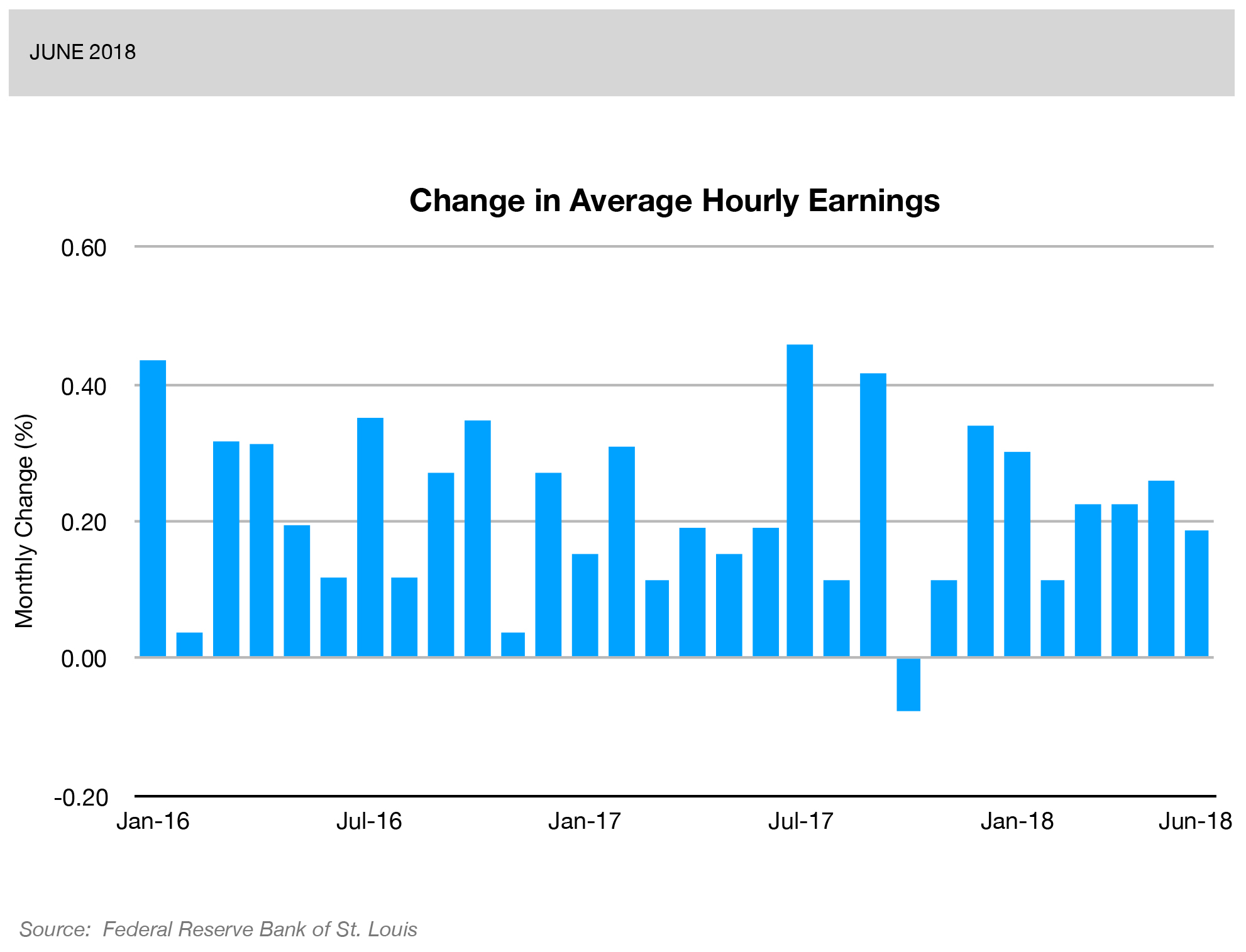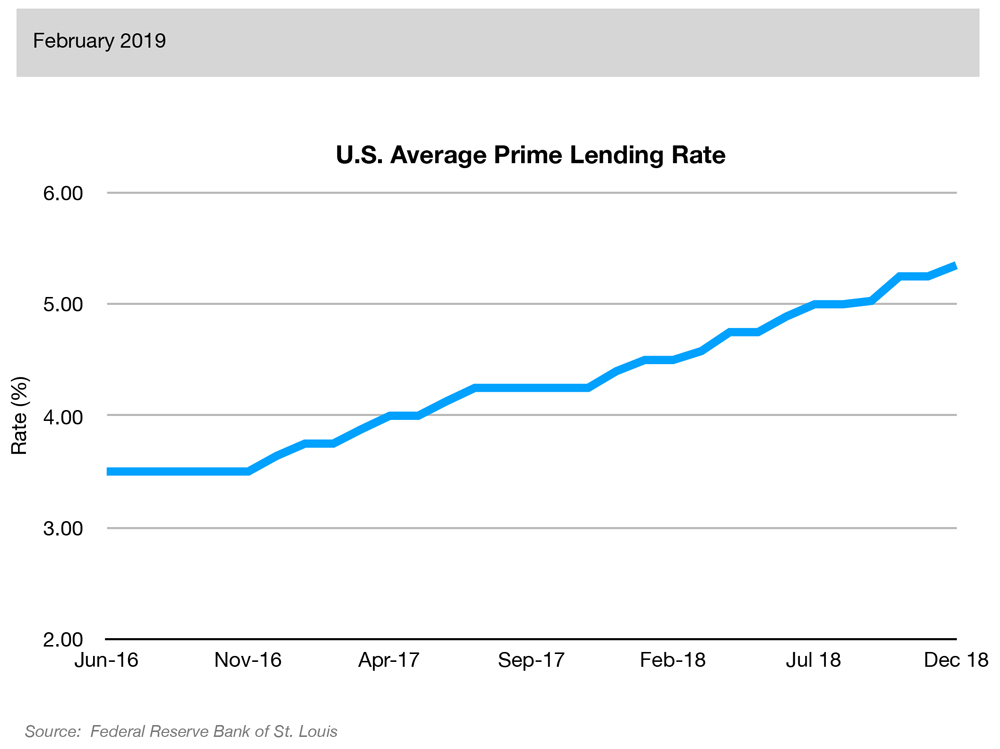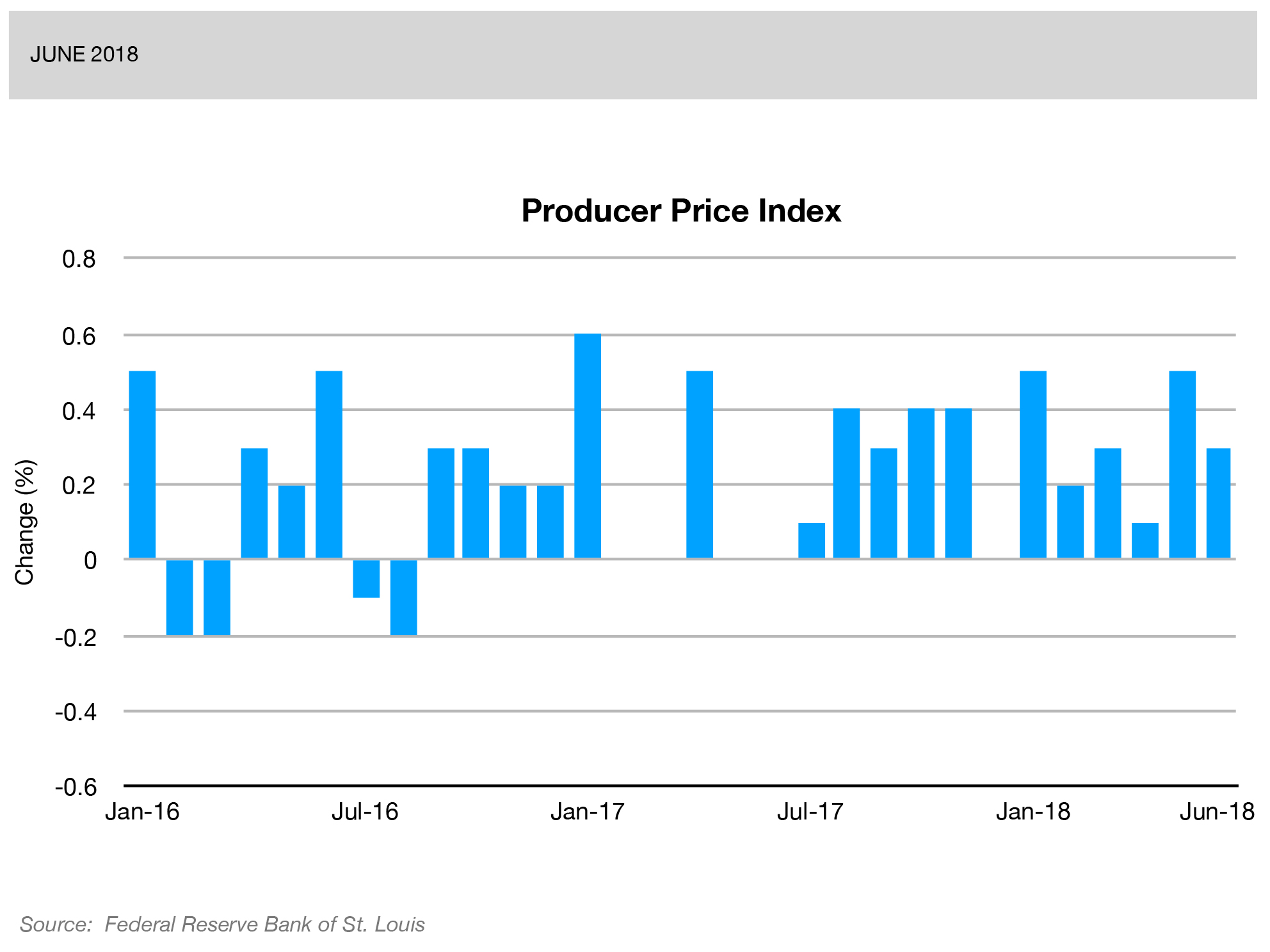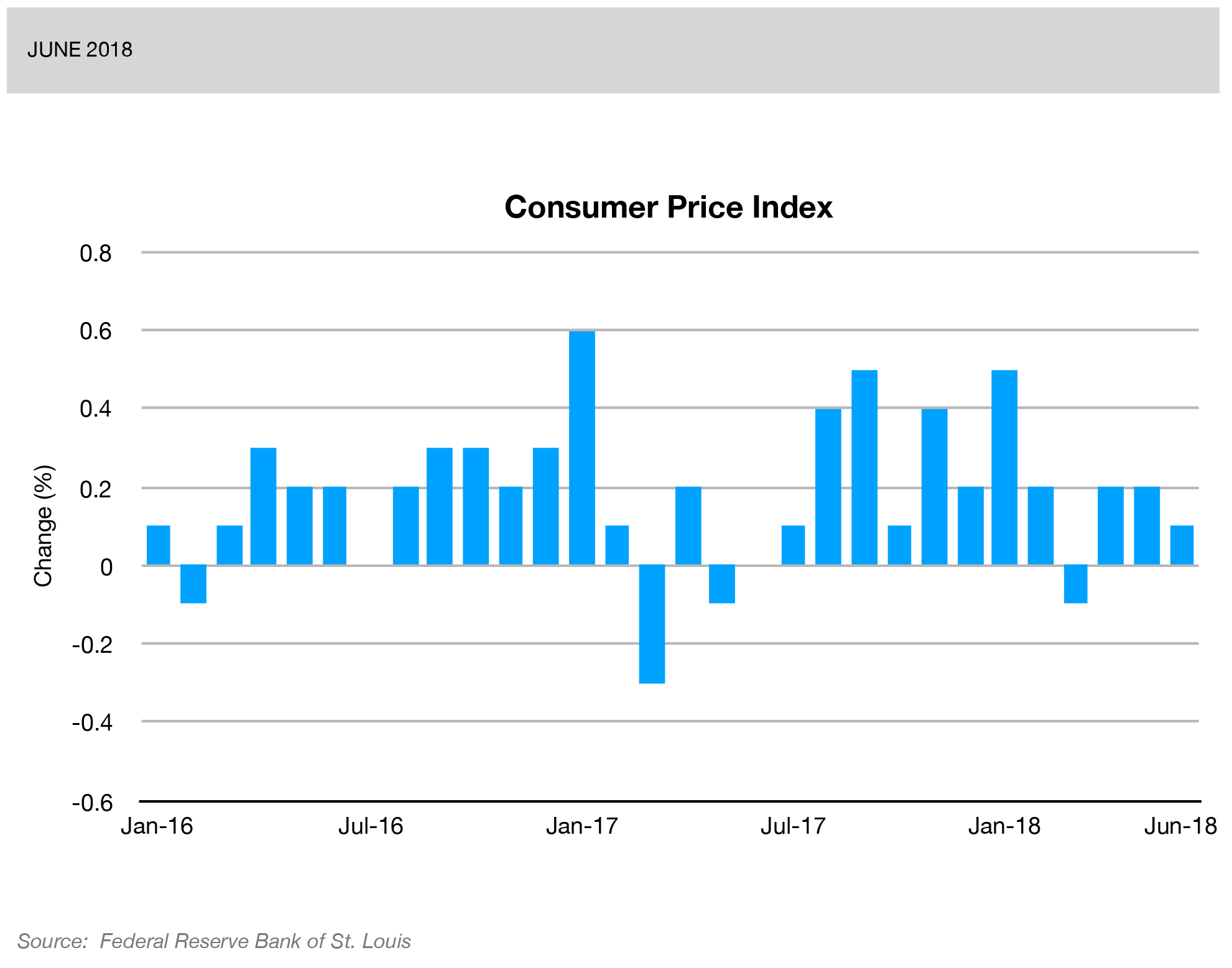We follow the performance of the U.S. economy and publish a quarterly overview of the economy with a dashboard of indicators and implications for business.
THE U.S. ECONOMY: A DASHBOARD
Q4 marks a period full of uncertainty with steep declines and a deteriorating outlook, and economic activity levels likely passed their peak. The economy appears to have reached an inflection point: leading indicators point to a slowdown while lagging indicators show strong economic performance.
Four headline indicators are particularly telling at this point. The broad S&P 500 Index lost significant momentum, with stock prices falling by 14 percent. The ISM Manufacturing Index experienced a drop in orders of 9.5 percent, and Advance Retail Sales lost 1.1%. These measures together with concerns about an uncertain housing market dragged consumer expectations down by 3.9 percent.
EXHIBIT 1. A DASHBOARD OF THE U.S. ECONOMY
Lagging Indicators
Change
This index measures the amount of output from the manufacturing, mining, electric, and gas industries. The reference year for the index is 2002 and a level of 100. A measure growing month-over-month is a sign that the companies in the industry are performing well.
Source: InvestopediaThis is an indicator of buying power and consumption. A positive change means workers are getting paid more. If not eroded by inflation, an increase in earnings means more money to spend. Conversely, a negative change means workers are getting paid less, reducing buying power and consumption.
This measure is the average rate of interest charged on short-term loans by commercial banks to companies. High interest rates discourage businesses to borrow and invest. As a result, GDP growth slows down. Low rates can lead to an increased demand for money and raise the likelihood of inflation.
Source: WT Wealth ManagementThis index measures the average change over time in the selling prices received by domestic producers for their output, including finished goods, intermediate goods and crude goods. The index is timely because it is the first inflation measure available in the month.
Source: American Association of Individual InvestorsThis index reflects monthly data on changes in the cost of living, or inflation. A high rate of inflation may erode the value of the dollar more quickly than the average consumer’s income can compensate, thus decrease consumer purchasing power. The index is the best indicator of inflation.
Source: American Association of Individual InvestorsLagging indicators depict current economic conditions and confirm turning points in the economy.
Leading Indicators
Change
Historically, readings of 50 percent or above are associated with an expanding manufacturing sector and healthy GDP growth overall. Readings below 50 indicate a contracting manufacturing sector but overall GDP growth is still positive until the ISM index falls below 42.5 (based on statistics through January 2011).
Source: Bloomberg News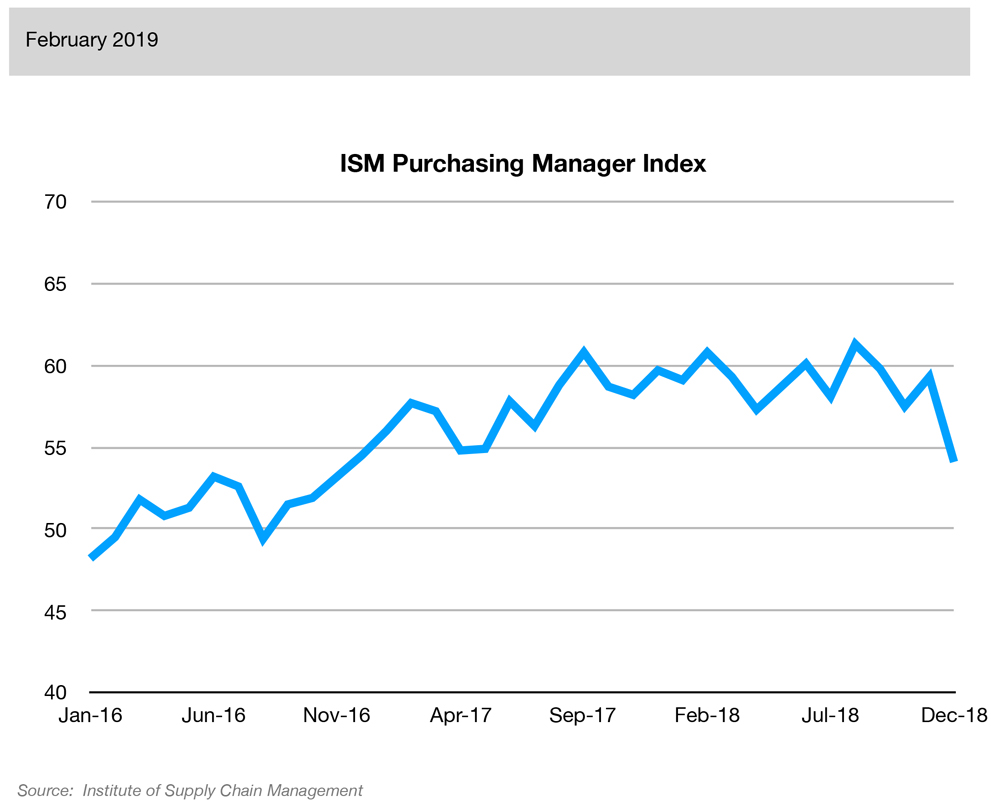
The housing construction market is one of the first economic sectors to rise or fall when economic conditions improve or degrade, and building permits can be an early indicator of activity in the housing construction market.

Strong retail sales directly increase GDP. When sales improve, companies can hire more employees to sell and manufacture more product, which in turn puts more money back in the pockets of consumers. Weak retail sales have the opposite effect.
Source: WT Wealth Management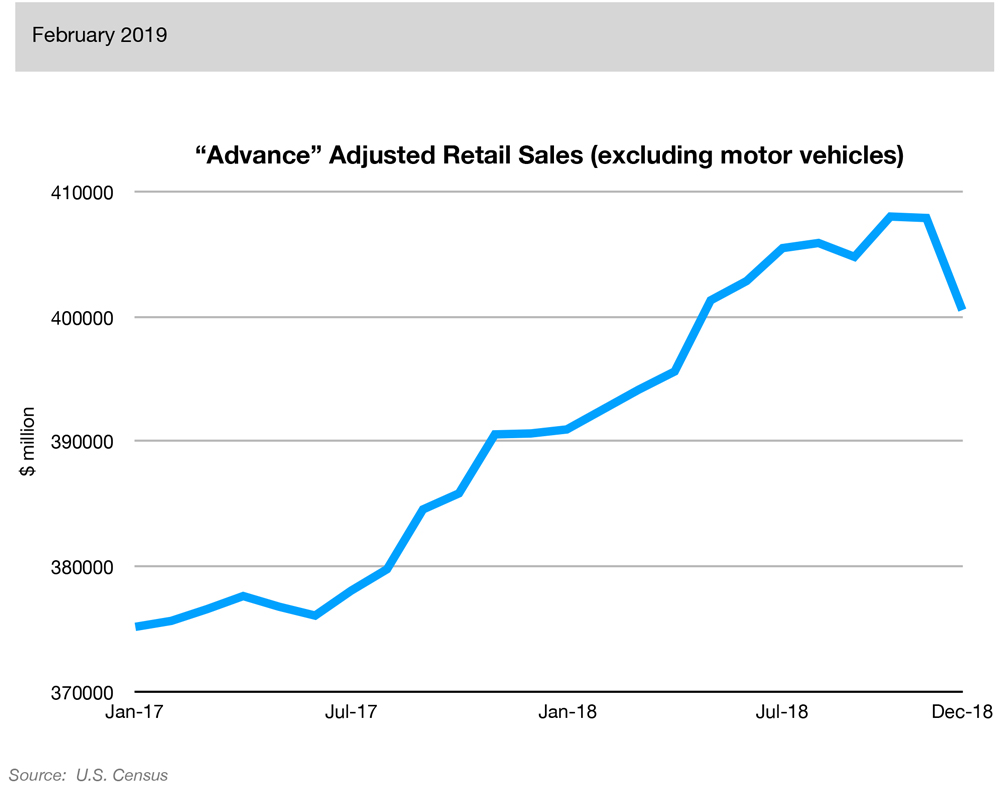
The index measures overall consumer sentiments about business toward the short-term (12-month) future economic situation.
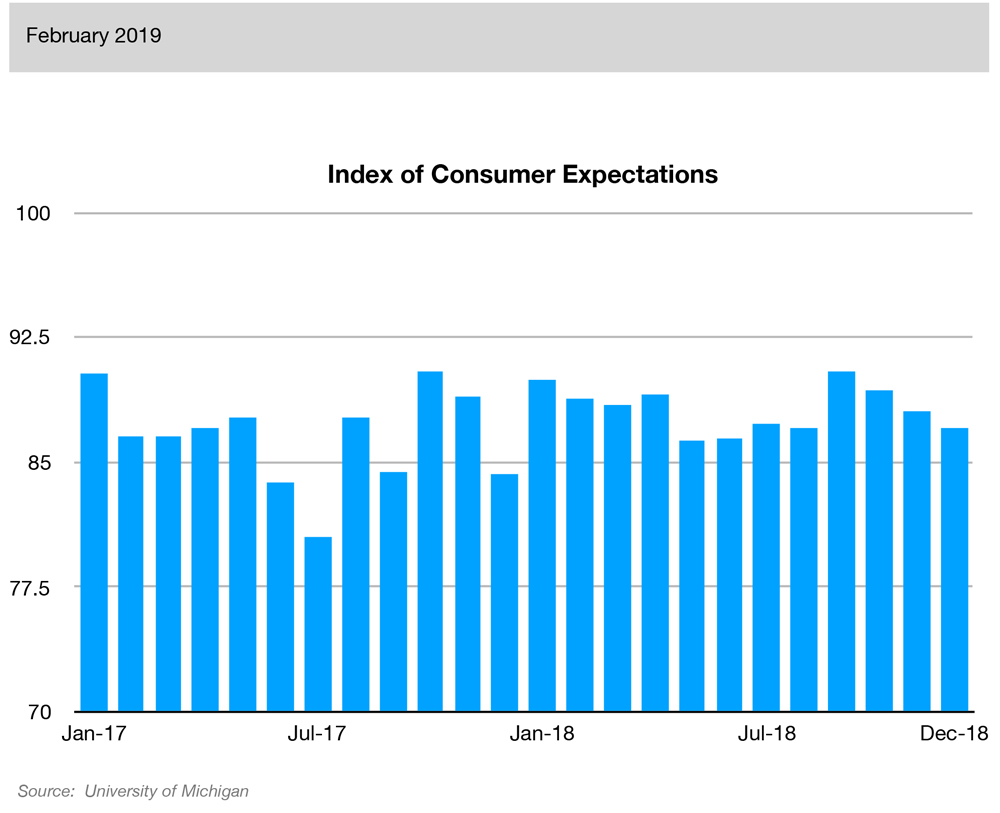
The index is used as a gauge of future business and consumer confidence levels. Growth of the S&P 500 index can translate into growth of business investment. It can also be a clue to higher future consumer spending. A declining index can signal a tightening of belts for both businesses and consumers.
Source: American Association of Individual Investors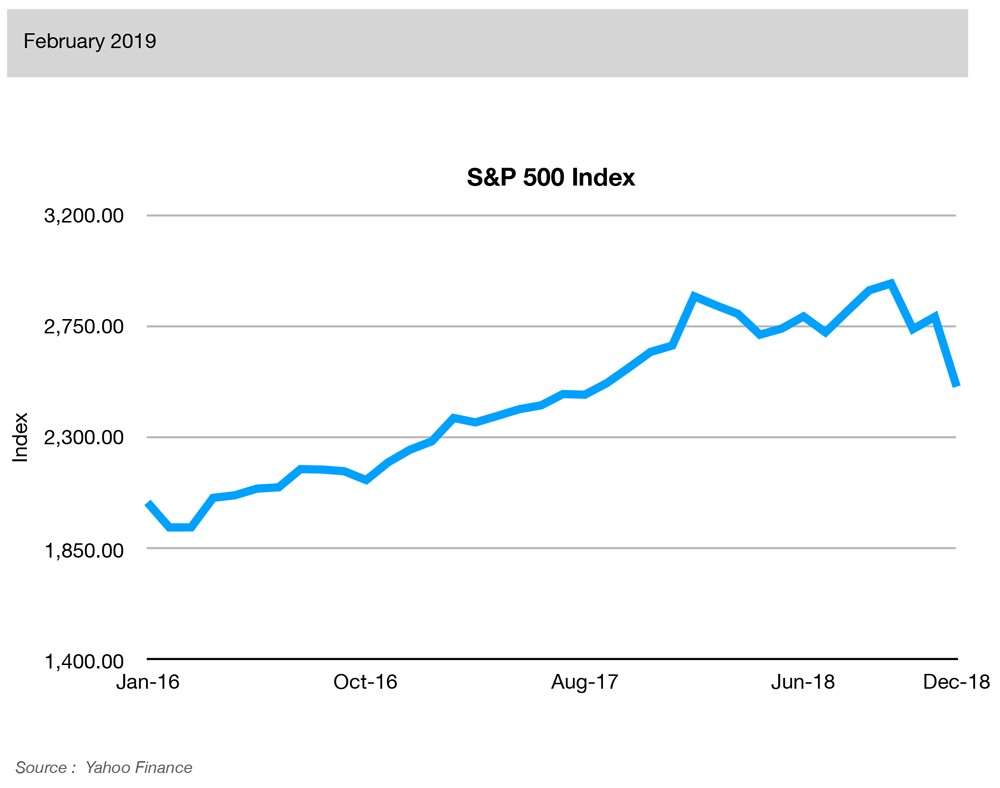
Leading indicators are first to change direction ahead of a business cycle and signal change before actual changes occur in the economy.
On display, a dashboard of select economic indicators appropriate for business managers helps to take a meaningful snapshot of the economy. Any single indicator taken in isolation provides little value. Together at the dashboard level, the indicators and their supporting charts offer a current high-level view and an easy comparison to draw your conclusions about the economic outlook, changes in the economic cycle, or other critical economic shifts.
How will the current economic outlook
impact your business?
PREPARING FOR A SLOWDOWN
As the slowdown takes effect, important realities set in. The industry inevitably shifts, and as your company’s competitive position comes into greater focus, its vulnerabilities become more explicit. The net effect is that as the firm becomes more exposed to economic headwinds, it also becomes more vulnerable to the competition. The way out of this situation is to get ahead of the slowdown and move first.
Proactive firms plan ahead of slowdowns – when things are going well. This strategy allows them to act deliberately, instead of reacting to circumstances. Three steps are crucial in getting prepared.
Step 1. Determine your competitive position. Are you in a strong strategic position and financial position? One or the other? Neither? The answer to this question informs the general strategic direction of the firm.
What is your competitive position?
| Strong | Defend Secure two or more strategic control points |
Grow Pursue growth initiatives leveraging strategic control points |
| Weak | Recover Redesign the business model - or exit |
Streamline Reduce costs and manage cash flow efficiently |
| Weak | Strong | |
Step 2. Prepare a baseline projection of how the industry will shift. Look at your customer base to gauge how it will be affected and work your way back to understand the impact on your business and the change in your competitive position.
Step 3. Develop plans early and stress-test these plans against your vulnerabilities. Design scenarios for revenue decrease at 5% or 10% and determine the cost reductions needed to stay profitable.
TAKING PROACTIVE ACTION
While planning is good, execution is everything. Proactive firms take action early on to get ahead of the slowdown and, most importantly, get ahead of the competition. They recognize the need to balance cutting cost in the short-term without having to sacrifice growth in the long term. This balance requires moving smartly on three fronts.
Reduce Costs and Manage Cash Tightly. Take a strategic approach to cost-cutting and capital preservation to withstand the slowdown while preserving capital for growth initiatives. Because businesses can quickly become cash strapped, manage cash tightly, streamline inventory, and reduce accounts receivables – a healthy balance sheet positions the company to fund capabilities for long-term growth.
Defend Your Position. As part of the regular course of business, new threats emerge all the time as challengers try to take a piece of the action. Attacks become all the more prominent during a slowdown. Even if the firm is in a strong defensive position with stable cash flows, it can become exposed to new threats and new vulnerabilities. For these reasons, monitoring and defending are vital to the well-being and the existence of the firm.
Pursue Long Term Growth Initiatives. In dealing with a slowdown, it’s all too common for managers to focus their attention exclusively on cost cutting. However, the biggest gains during slowdowns result from revenue growth. This means investing in critical capabilities for future growth and taking advantage of shifting markets and M&A opportunities that struggling competitors cannot pursue.
CONCLUSION
During an economic slowdown, the context is similar for every company. The critical point is to perform better than competitors. There is a finite amount of time and a limited number of levers to use. The strategy is to move quickly ahead of the pack and take the right steps on all three fronts: cost management, position defense, and profitable growth.


